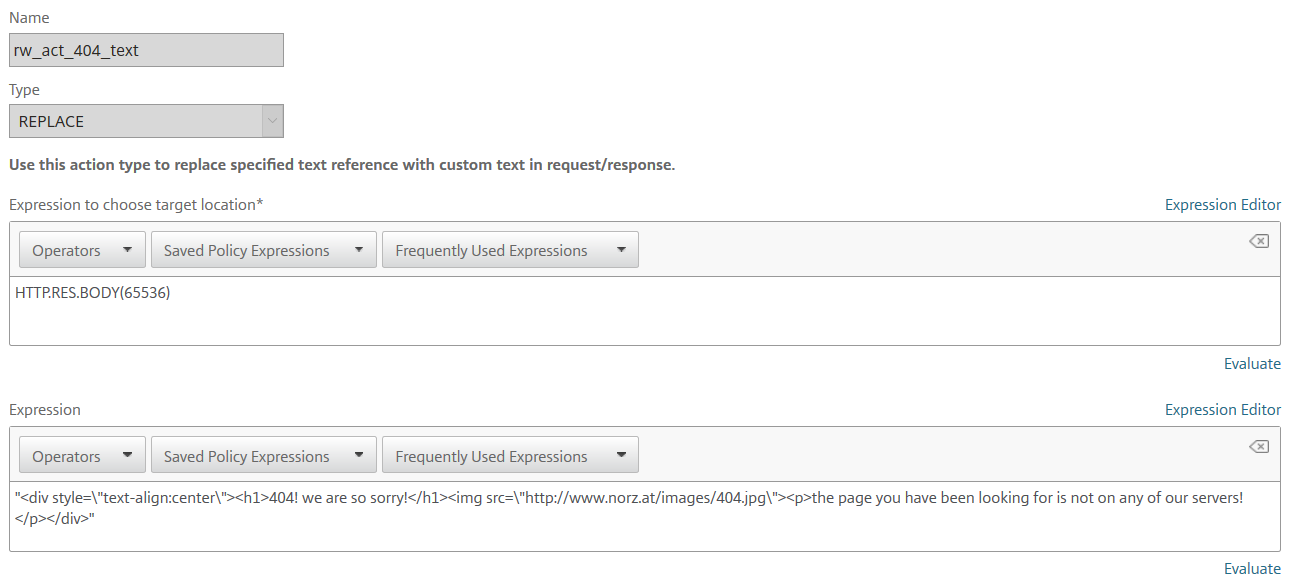

The asterisk form, a simple asterisk ( '*') is used with OPTIONS, representing the server as a whole. It is only used with CONNECT when setting up an HTTP tunnel.ĬONNECT :80 HTTP/1.1 The authority component of a URL, consisting of the domain name and optionally the port (prefixed by a ':'), is called the authority form. This is the most common form, known as the origin form, and is used with GET, POST, HEAD, and OPTIONS methods.Ī complete URL, known as the absolute form, is mostly used with GET when connected to a proxy. An absolute path, ultimately followed by a '?' and query string.The format of this request target varies between different HTTP methods. PCIC Team at 03:04 PM There is not much difference in the way we are doing it and your way answer. The request target, usually a URL, or the absolute path of the protocol, port, and domain are usually characterized by the request context. Attachments: Up to 8 attachments (including images) can be used with a maximum of 1.0 MiB each and 10.0 MiB total.For example, GET indicates that a resource should be fetched or POST means that data is pushed to the server (creating or modifying a resource, or generating a temporary document to send back). An HTTP method, a verb (like GET, PUT or POST) or a noun (like HEAD or OPTIONS), that describes the action to be performed.HTTP requests are messages sent by the client to initiate an action on the server. The start-line and HTTP headers of the HTTP message are collectively known as the head of the requests, whereas its payload is known as the body. The presence of the body and its size is specified by the start-line and HTTP headers. The reason phrases listed here are only recommendations - they MAY be replaced by local equivalents without affecting the protocol. An optional body containing data associated with the request (like content of an HTML form), or the document associated with a response. The individual values of the numeric status codes defined for HTTP/1.1, and an example set of corresponding Reason-Phrase's, are presented below.A blank line indicating all meta-information for the request has been sent.An optional set of HTTP headers specifying the request, or describing the body included in the message.A start-line describing the requests to be implemented, or its status of whether successful or a failure.HTTP requests, and responses, share similar structure and are composed of: The HTTP/2 binary framing mechanism has been designed to not require any alteration of the APIs or config files applied: it is broadly transparent to the user. They provide HTTP messages through config files (for proxies or servers), APIs (for browsers), or other interfaces.

Web developers, or webmasters, rarely craft these textual HTTP messages themselves: software, a Web browser, proxy, or Web server, perform this action. In HTTP/2, the once human-readable message is now divided up into HTTP frames, providing optimization and performance improvements. In HTTP/1.1, and earlier versions of the protocol, these messages were openly sent across the connection. HTTP messages are composed of textual information encoded in ASCII, and span over multiple lines. There are two types of messages: requests sent by the client to trigger an action on the server, and responses, the answer from the server. Even deleted it and re-installed.ĭo I need to do something specific in weblogic.HTTP messages are how data is exchanged between a server and a client. "", but in the error message, I am still getting "". When I accessed the other one, it launches somehow :-)īut when accessing a jsp page I got the following error :Ĭompilation of JSP File '/pages/jsp/dialogueList.jsp' failed:ĭialogueList.jsp:143:98: This attribute is not recognized.ĭialogueList.jsp:172:96: This attribute is not recognized.ĭialogueList.jsp:278:98: This attribute is not recognized. Launching that app still gave me the same error message. With your help, I tried out deploying the app. Your kind help would be highly appreciated.

As I am new to weblogic, so I am not having much idea about the changes to be done in weblogic.xml Previously, I deployed the same app on tomcat and it was working fine.
#Http/1.1 404 not found code
servlet.CatchAllServletĬom.ImageRepositoryServletįor weblogic.xml, I have placed the code from


 0 kommentar(er)
0 kommentar(er)
